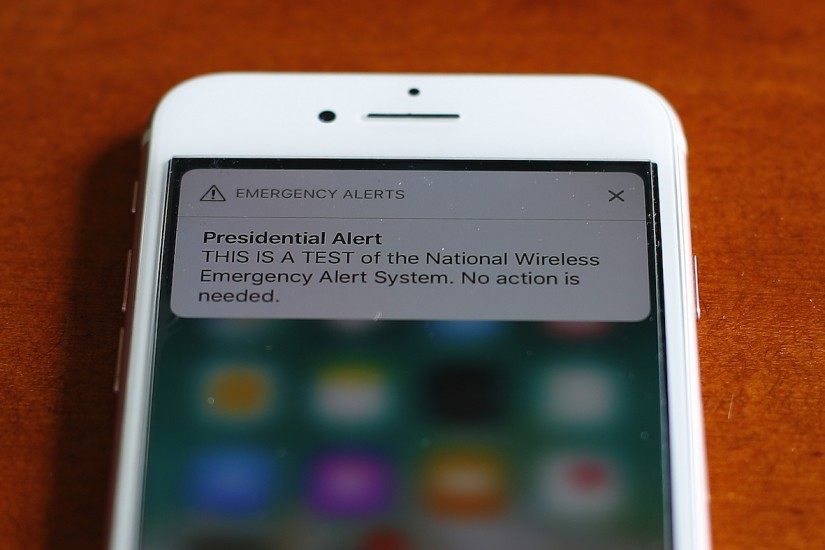By the 1980s the government had settled into the Emergency Broadcast System, with regular public tests turning its incessant buzz and staccato warning voice into a familiar aspect of the American TV and radio experience. Behind the scenes, FEMA and the Pentagon tested the system twice a day, ready for a Soviet attack that never came.
If it had, FEMA would have activated a special dedicated AT&T party line and announced nuclear war using the day’s specific emergency authentication codeword. The codewords for an attack were distributed in a red envelope four times a year to all the users of the emergency broadcast system. The codewords were generated automatically and preprinted for each month by an unsophisticated computer, which meant that the nation’s Emergency Alert System long contained codewords for days like February 30 and September 31.
The officials in charge of the system had little confidence that all of the alerts would make much difference. Lt. Robert Hogan, New York’s deputy head of civil defense, said at one point, “The people who hear them will run into buildings and be turned to sand in a few seconds anyway.”
Beyond the government’s official systems, some media outlets readied their own doomsday warnings. When Ted Turner launched CNN, the network secretly prepared a video featuring the final song played by the band aboard the Titanic, set to air during the final moments before nuclear Armageddon. As Turner said publicly, “We'll be on, and we will cover the end of the world, live, and that will be our last event. We'll play the National Anthem only one time, on the first of June [when the network premiered], and when the end of the world comes, we'll play Nearer My God To Thee before we sign off.” CNN recorded the song played by a joint US military band, with an honor guard standing at attention, and the tape sat in the network’s archives for years. Slugged as “TURNER DOOMSDAY VIDEO,” the program’s notes read, “HFR till end of the world confirmed,” using the network’s abbreviation for “hold for release.”
